Ok, now that the most important event has been chronicled (Alexander’s arrival), I’ll go back and try and catch up on some of my older images.
These next two posts will detail our final few months in Washington DC (Jan-Mar 10). It was a great winter with record amounts of snow. 🙂 Although, Anna was pregnant, she was a trooper and joined me on my long list of activities to do before we left.
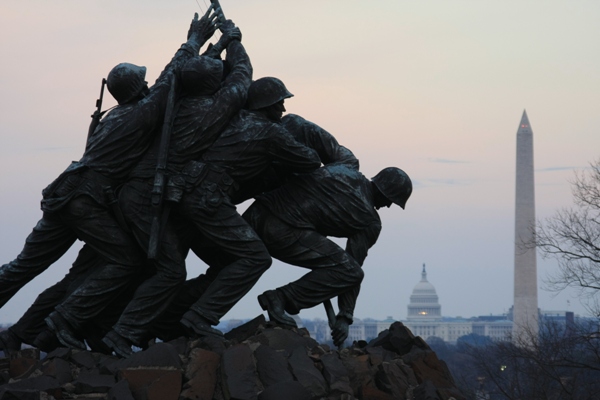
This is the Marine Corps War Memorial. It’s over in Arlington, VA very close to the language school we went to, so I had the opportunity to pass it on a regular basis. The scene is of course a huge statue rendering of the famous 1945 Pulizter-prize winning, Joe Rosenthal image of the Marines raising the US flag over Mount Suribachi on Iwo Jima, Japan. These are truly larger than life and measure a stunning 32 feet tall (9.75m). The casting took three years and was finally complete in 1954, dedicated by President Eisenhower.
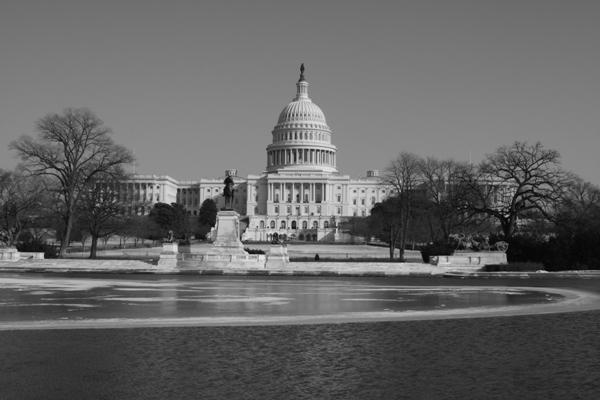
The west side of the national capitol building with a bit of ice and snow out front.
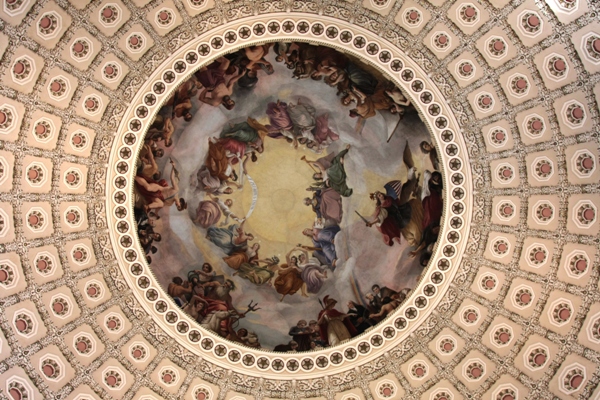
This is the ceiling of the Rotunda inside the capitol.
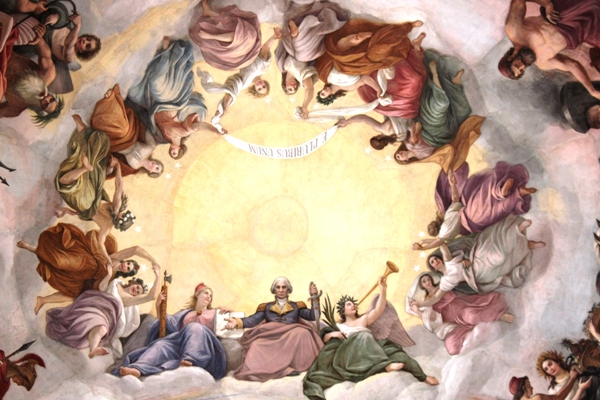
The famous Apotheosis Washington in the Rotunda. This work was mentioned in Dan Brown’s The Lost Symbol and shows the deification or exaltation of George Washington. I’ll leave the literal or relative symbolism to you, but it’s an impressive fresco work, 180 feet (45m) above the ground. It was painted in 1865 by Constantino Brumidi. Washington is robed in purple (a regal color), flanked by Victory on his right and Liberty on his left, and surrounding them are 13 maidens. This adds further evidence to the idea that 13 is one of, if not the most American number.
This is the National Statuary Hall. It’s the former home of the House of Representatives met until their new, larger chamber was complete in the mid-nineteenth century. Now, it houses 100 statues from each of the states. Wisconsin’s two contributions to the collection are: Robert M. La Follette, Sr. who was historically speaking perhaps Wisconsin’s most influential politician. He served as Congressman, Governor, Senator and ran for president in 1924 where he received 17% of the popular vote. Both his sons followed him into politics. The second statue is Père Jacques Marquette who was a French Jesuit Missionary who founded some of the first non-native settlements in the upper mid-west of the US and was the first to see the upper Mississippi in 1673. He died somewhere along his journey, but his name has been secured in history and is also the namesake for many places in Wisconsin and Michigan, notably Marquette University in Milwaukee, Wisconsin.
The inside of the Library of Congress. The architecture is amazing. It’s my favorite building in Washington D.C.
Another view of the Library of Congress.
Peaking into the main chamber of the Supreme Court. Although I didn’t hear an oral argument this day, it was fun to see. Right before we flew out, Anna and I had an opportunity to hear a case. It’s a fascinating experience and I highly recommend it, if you have a chance. But go early as the seats go fast … especially for high profile cases.
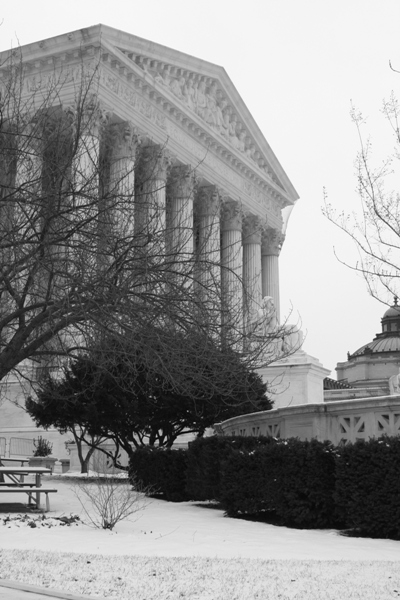
The exterior of the Supreme Court.
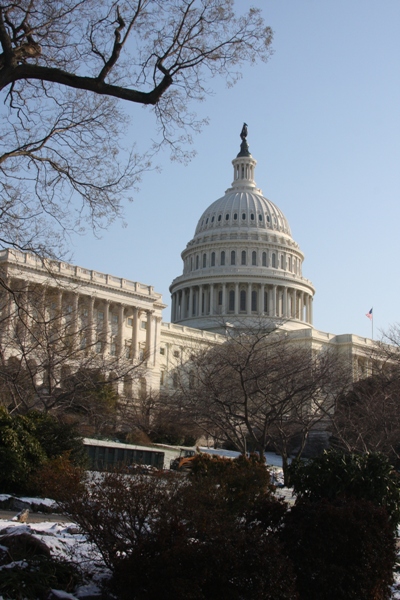
These next few are a few more images of the west side of the capitol.
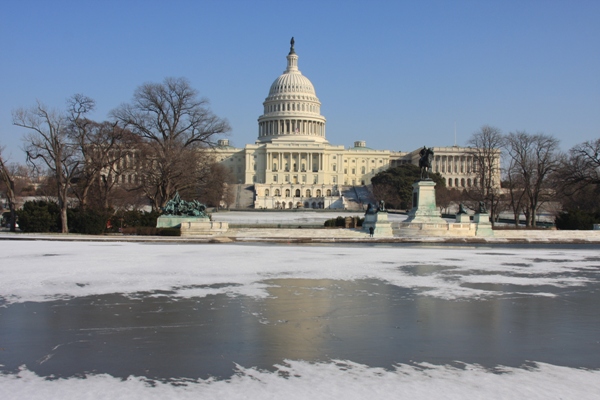
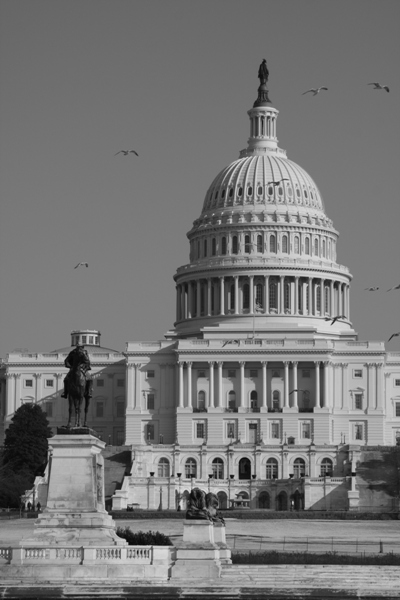
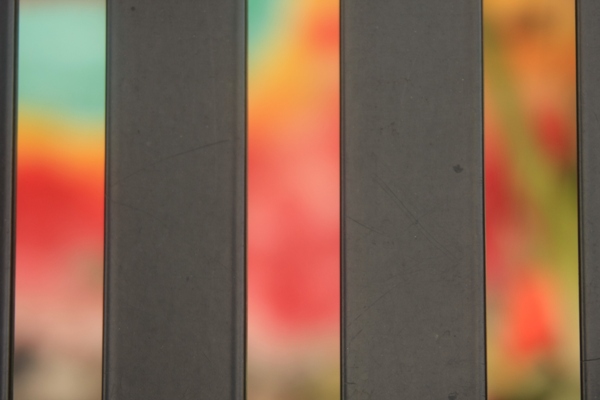
These next few images are some color macros I had fun shooting. Can you guess what this one is?? I’ll give you a hint … you can sit on it. Answer below. 🙂
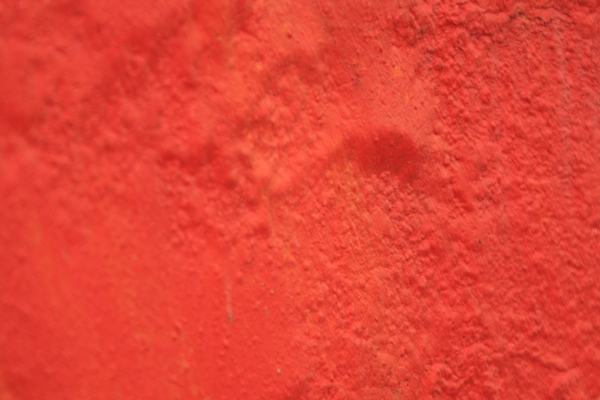
More cool colors.
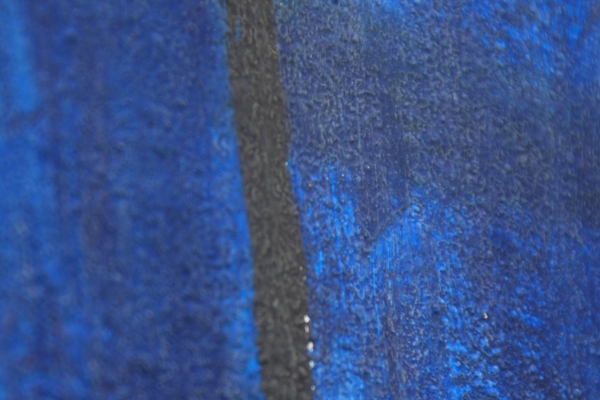
OK, that covers the first part of this post. The next post will have more monuments, museums and the snow storms.
–Jim
PS-the answer is: a black metal park bench with the colors of a mural showing through the slats.
